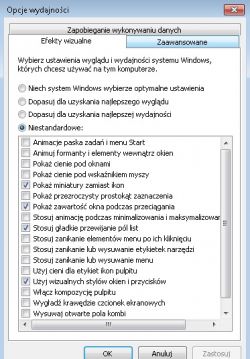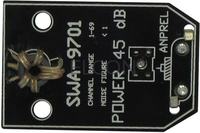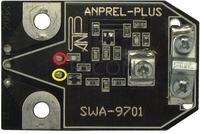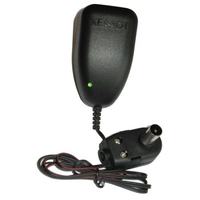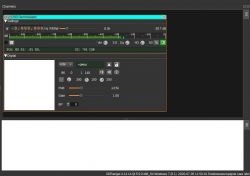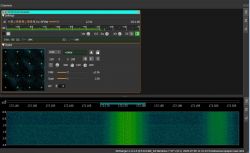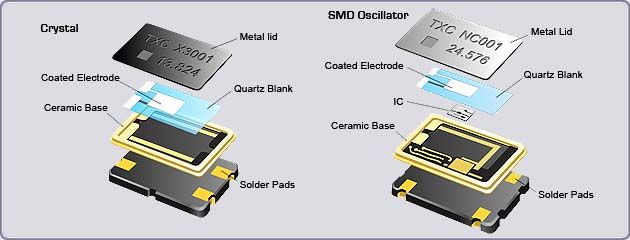Hello comrade!
Referring to the question -
Link - I decided to force Overmax Quattor 10+ to cooperate.
This equipment on Android 4.2 is currently rather only for fun, but the batteries are still good, it is failure-free and has 10 inches. There were three hooks, or actually two: root, which could not be done at all (only one way worked), no drivers and no USB Host, so other SDR applications do not work, and SDR Touch and yes. I have bought some of it in bulk as an outlet for about PLN 40 / item. Despite the weak processor it works quite well with full 2 MHz coverage.
Procedure:
By activating developer options -
Link - enable USB debugging so that the rooting program can connect.

Install the tablet drivers on the computer, run ZhuoDaShi, connect it to the computer and click this button.
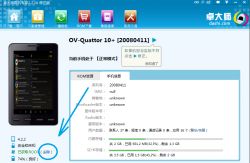
And then this button.
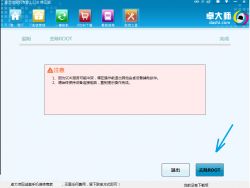
The ZhuoDaShi logo will appear on the tablet while rooting.

Install the oldest known to me RTL2832U_driver_2.2 (none newer will fit) and select (permanently) Force root - Start should result in such a message.
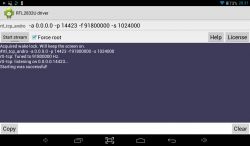
From now on, the driver is ready for operation, and if it does not, it throws such a message.
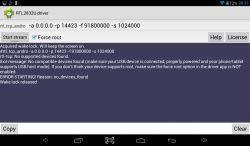
Check the physical connection of the RTL-SDR with the OTG cable to the tablet as well as the voltage supplying the adapter.
Importantly, the USB HUB is unnecessary, the OTG cable has been detected and supplied with a sufficient current of 300 mA from a separate converter - although the OTG tablet does not have.
Additionally, in order for the program to start by itself, it is worth adding the application to the autostart.
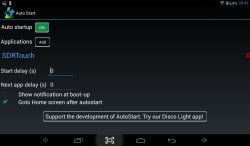
Unfortunately, no SDR or DVB-T program on this equipment will go (no OTG) - apart from the most important.
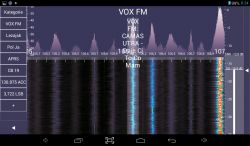
Interestingly, inside the tablet, in addition to the USB dongle, there will be another 7.4V / 6Ah battery of the same type.
Necessary applications and drivers are attached.



